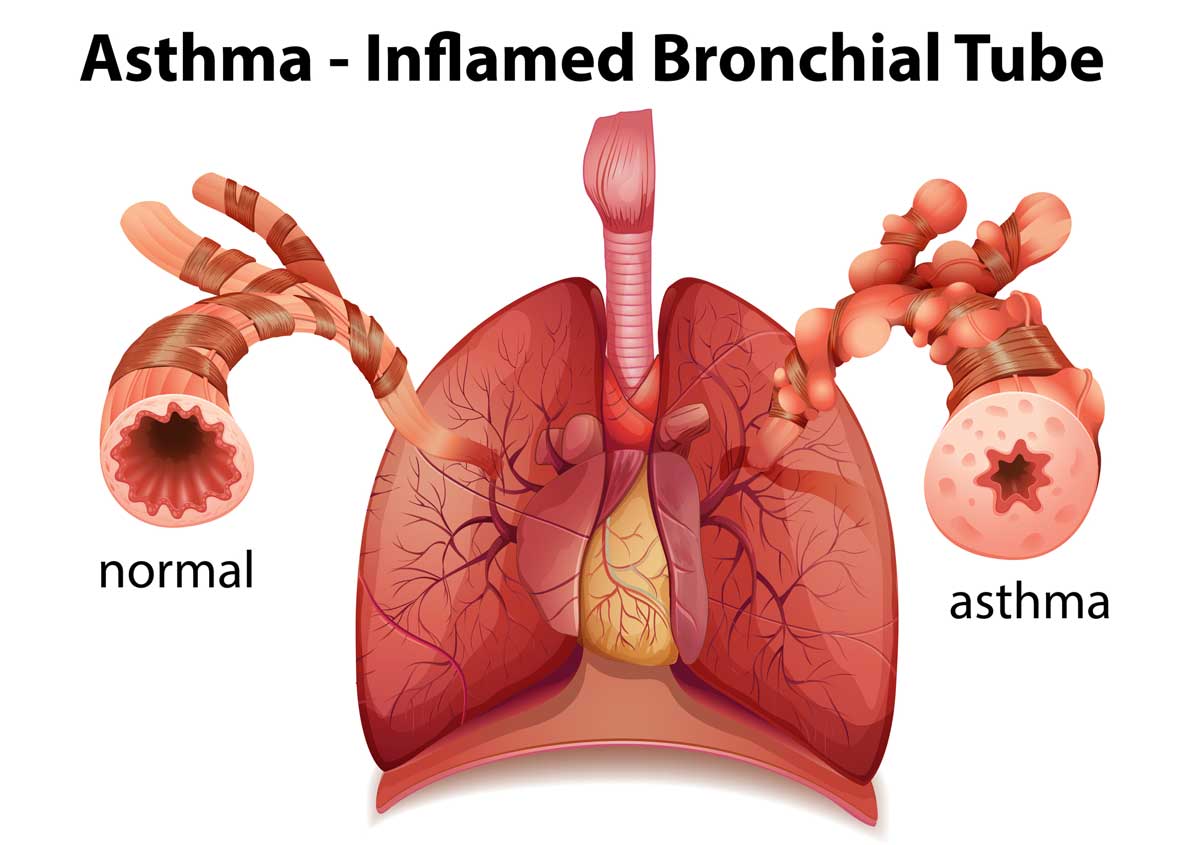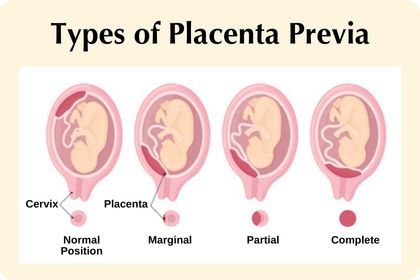Nursing Paper Example on Listeriosis [SOLVED]
/in Assignment Help, Assignment Help Nursing, Homework Help, Nursing Exam Help, Nursing Paper Help, Psychology assignment help, Solved Nursing Essays /by Aimee GraceNursing Paper Example on Listeriosis [SOLVED]
Listeriosis, caused by the bacterium Listeria monocytogenes, is a serious infectious disease with potentially grave consequences, particularly for vulnerable populations such as pregnant women, newborns, the elderly, and immunocompromised individuals. This bacterial infection is primarily transmitted through contaminated food, including unpasteurized dairy products, raw fruits, vegetables, and ready-to-eat meats, posing a significant challenge to food safety measures. The ability of Listeria monocytogenes to thrive even in refrigerated environments further complicates prevention efforts. Manifesting initially with flu-like symptoms, Listeriosis can progress to severe complications such as meningitis, septicemia, and adverse pregnancy outcomes if left untreated. Given its potential for significant morbidity and mortality, understanding the causes, symptoms, diagnosis, and treatment of Listeriosis is essential for healthcare providers and the general public alike to implement effective prevention and management strategies. (Nursing Paper Example on Listeriosis [SOLVED])
Causes
Listeriosis, an infectious disease caused by the bacterium Listeria monocytogenes, is primarily transmitted through the consumption of contaminated food. The bacterium has a remarkable ability to survive and thrive in various environments, including soil, water, and food processing facilities. This adaptability poses a significant challenge to food safety measures, as Listeria monocytogenes can persist even in refrigerated environments.
Contaminated food items commonly implicated in Listeriosis outbreaks include unpasteurized dairy products, raw fruits, vegetables, and ready-to-eat meats. The bacterium can contaminate these foods during production, processing, or storage, making it difficult to identify and eliminate the source of infection. Moreover, Listeria monocytogenes can proliferate at refrigeration temperatures, further complicating prevention efforts.
Of particular concern is the ability of Listeria monocytogenes to cross the placenta, leading to fetal infection in pregnant women. This can result in miscarriage, stillbirth, premature delivery, or life-threatening neonatal infections. Additionally, individuals with weakened immune systems, such as the elderly and those with certain medical conditions, are at increased risk of developing severe forms of Listeriosis.
Furthermore, Listeriosis outbreaks have been linked to contaminated food processing facilities, highlighting the importance of stringent sanitation practices in food production. The bacterium can persist in the environment, leading to recurrent outbreaks if not adequately controlled.
Overall, the complex interplay between Listeria monocytogenes and its environment underscores the need for comprehensive food safety measures to prevent Listeriosis transmission. Effective prevention strategies require a multifaceted approach, including proper food handling, storage, sanitation, and surveillance to mitigate the risk of infection and protect public health. (Nursing Paper Example on Listeriosis [SOLVED])
Signs and Symptoms
Listeriosis typically presents with a range of symptoms that can vary in severity depending on the individual’s immune status and the extent of infection. The onset of symptoms often occurs within a few days to several weeks after exposure to the bacterium. Pathognomonic signs of Listeriosis include flu-like symptoms such as fever, muscle aches, nausea, and diarrhea. These non-specific symptoms can initially mimic common viral infections, making diagnosis challenging in the early stages of the disease.
In pregnant women, Listeriosis can lead to more severe complications, including miscarriage, stillbirth, premature delivery, or life-threatening infections in the newborn. Pregnant women may experience symptoms such as fever, fatigue, and muscle aches, which can be mistaken for common pregnancy discomforts. However, prompt recognition and treatment of Listeriosis are essential to prevent adverse pregnancy outcomes.
In severe cases, Listeriosis can progress to invasive forms of the disease, including meningitis and septicemia. Meningitis, characterized by inflammation of the membranes surrounding the brain and spinal cord, can manifest with symptoms such as headache, stiff neck, confusion, and sensitivity to light. Septicemia, or blood poisoning, can lead to systemic symptoms such as high fever, chills, rapid breathing, and decreased urine output.
Furthermore, individuals with compromised immune systems, such as those undergoing chemotherapy or organ transplant recipients, are at increased risk of developing severe forms of Listeriosis. They may experience more pronounced symptoms and are susceptible to complications such as septicemia and organ failure.
Overall, early recognition of the signs and symptoms of Listeriosis is crucial for timely diagnosis and management, particularly in high-risk populations. Healthcare providers should maintain a high index of suspicion for Listeriosis in individuals presenting with compatible symptoms, especially during outbreaks or in settings with known Listeria contamination. (Nursing Paper Example on Listeriosis [SOLVED])
Etiology
Listeria monocytogenes, the causative agent of Listeriosis, is a gram-positive, facultative anaerobic bacterium belonging to the family Listeriaceae. It exhibits remarkable adaptability, allowing it to survive and proliferate in diverse environments, including soil, water, and food processing facilities. This adaptability poses a significant challenge to food safety measures, as Listeria monocytogenes can persist even in refrigerated environments where other bacteria may not survive.
Contaminated food products are the primary source of Listeria monocytogenes transmission to humans. Commonly implicated foods include unpasteurized dairy products, raw fruits, vegetables, and ready-to-eat meats. The bacterium can contaminate these foods during production, processing, or storage, leading to outbreaks of Listeriosis.
Of particular concern is the ability of Listeria monocytogenes to cross the placenta, leading to fetal infection in pregnant women. This can result in miscarriage, stillbirth, premature delivery, or life-threatening infections in the newborn. Pregnant women are advised to avoid high-risk foods and practice strict food safety measures to reduce the risk of Listeria exposure during pregnancy.
Furthermore, Listeriosis outbreaks have been linked to contaminated food processing facilities, highlighting the importance of stringent sanitation practices in food production. The bacterium can persist in the environment, leading to recurrent outbreaks if not adequately controlled. In healthcare settings, transmission of Listeria monocytogenes can occur through contaminated medical devices or exposure to infected individuals.
Overall, understanding the etiology of Listeriosis is essential for implementing effective prevention and control measures. By addressing the sources of Listeria contamination in food production and healthcare settings, and promoting public awareness of safe food handling practices, the risk of Listeriosis transmission can be minimized, ultimately protecting public health. (Nursing Paper Example on Listeriosis [SOLVED])
Pathophysiology
Upon ingestion, Listeria monocytogenes enters the body through the gastrointestinal tract, where it can invade the intestinal epithelial cells and penetrate the mucosal barrier. The bacterium possesses several virulence factors that enable it to evade the host immune response and facilitate systemic dissemination.
Once in the bloodstream, Listeria monocytogenes can disseminate to various organs and tissues, leading to systemic infection. It has a predilection for the central nervous system, where it can cause meningitis by crossing the blood-brain barrier and invading the meninges. Meningitis is characterized by inflammation of the membranes surrounding the brain and spinal cord, resulting in symptoms such as headache, stiff neck, confusion, and sensitivity to light.
In addition to meningitis, Listeria monocytogenes can cause septicemia, or blood poisoning, leading to systemic symptoms such as high fever, chills, rapid breathing, and decreased urine output. Septicemia can progress rapidly and result in multi-organ failure if not promptly treated.
Furthermore, Listeria monocytogenes has the ability to cross the placenta and infect the fetus in pregnant women. This can lead to fetal infection and adverse pregnancy outcomes, including miscarriage, stillbirth, premature delivery, or life-threatening infections in the newborn. The mechanisms by which Listeria monocytogenes crosses the placental barrier and infects the fetus are not fully understood but likely involve both maternal and fetal immune responses.
Overall, the pathophysiology of Listeriosis involves a complex interplay between the bacterium and the host immune system, leading to systemic infection and potentially severe complications. Understanding these mechanisms is crucial for developing effective treatment strategies and preventive measures to mitigate the impact of Listeriosis on public health. (Nursing Paper Example on Listeriosis [SOLVED])
DSM-5 Diagnosis
Diagnosing Listeriosis typically involves a combination of clinical evaluation, laboratory testing, and imaging studies to confirm the presence of Listeria monocytogenes infection. The Diagnostic and Statistical Manual of Mental Disorders, Fifth Edition (DSM-5), does not provide specific criteria for diagnosing Listeriosis, as it is primarily a medical condition rather than a psychiatric disorder. However, healthcare providers utilize established clinical guidelines and diagnostic criteria to identify and manage Listeriosis effectively.
Clinical evaluation involves assessing the patient’s medical history, including recent food consumption, travel history, and exposure to potential sources of Listeria contamination. Patients presenting with symptoms such as fever, muscle aches, nausea, diarrhea, headache, stiff neck, confusion, or sensitivity to light may raise suspicion for Listeriosis, particularly in high-risk populations.
Laboratory testing is essential for confirming the diagnosis of Listeriosis. Microbial culture of clinical specimens, such as blood, cerebrospinal fluid, or placental tissue, can isolate Listeria monocytogenes and facilitate antimicrobial susceptibility testing. Molecular techniques, such as polymerase chain reaction (PCR), may also be used to detect Listeria DNA in clinical samples, providing rapid and sensitive diagnostic results.
Imaging studies, such as magnetic resonance imaging (MRI) or computed tomography (CT) scans, may be indicated in cases of suspected central nervous system involvement, such as meningitis or brain abscesses. These imaging modalities can help identify characteristic findings suggestive of Listeriosis, such as meningeal enhancement or focal brain lesions.
Overall, a comprehensive diagnostic approach involving clinical evaluation, laboratory testing, and imaging studies is essential for accurately diagnosing Listeriosis and initiating timely treatment. Healthcare providers should maintain a high index of suspicion for Listeriosis in individuals presenting with compatible symptoms, particularly in high-risk populations or during outbreaks of the disease. (Nursing Paper Example on Listeriosis [SOLVED])
Treatment Regimens and Patient Education
The management of Listeriosis involves a combination of antimicrobial therapy, supportive care, and patient education to promote recovery and prevent recurrence of infection. Prompt initiation of antibiotics is essential for treating Listeriosis and preventing complications. Ampicillin or penicillin G are the first-line antibiotics for treating Listeriosis, as Listeria monocytogenes is typically susceptible to these agents. In cases of severe infection or allergy to penicillin, alternative antibiotics such as trimethoprim-sulfamethoxazole or vancomycin may be used.
Combination therapy with gentamicin may be considered in severe cases of Listeriosis or in patients with central nervous system involvement, as gentamicin has synergistic activity against Listeria monocytogenes. The duration of antibiotic therapy typically ranges from 2 to 6 weeks, depending on the severity of infection and clinical response to treatment.
Supportive care measures, such as intravenous fluids, pain management, and monitoring for complications, are important components of Listeriosis management. Patients with severe infection or systemic complications may require hospitalization for close monitoring and intensive care support.
Patient education plays a crucial role in preventing Listeriosis and reducing the risk of recurrence. Healthcare providers should educate patients about safe food handling practices, including the avoidance of high-risk foods such as unpasteurized dairy products, raw fruits, vegetables, and ready-to-eat meats. Patients should be advised to thoroughly cook meat, poultry, and seafood to kill any potential pathogens, and to wash fruits and vegetables before consuming them.
Pregnant women are particularly vulnerable to Listeriosis and should be counseled about the importance of food safety during pregnancy. They should avoid high-risk foods and practice strict hygiene measures, such as washing hands and utensils after handling raw foods, to reduce the risk of Listeria contamination.
Furthermore, patients should be instructed to seek medical attention promptly if they develop symptoms suggestive of Listeriosis, such as fever, muscle aches, nausea, diarrhea, headache, or stiff neck. Early diagnosis and treatment are crucial for preventing complications and improving outcomes in patients with Listeriosis.
Overall, a multidisciplinary approach involving healthcare providers, public health agencies, and the general public is essential for effectively managing Listeriosis and reducing its burden on public health. By implementing comprehensive treatment regimens and promoting patient education on food safety practices, the incidence of Listeriosis can be minimized, ultimately protecting vulnerable populations from this potentially life-threatening infection. (Nursing Paper Example on Listeriosis [SOLVED])
Conclusion
Listeriosis, caused by the bacterium Listeria monocytogenes, poses a significant threat to public health, particularly for vulnerable populations such as pregnant women, newborns, and immunocompromised individuals. Through an understanding of its causes, symptoms, diagnosis, and treatment, healthcare providers can implement effective prevention and management strategies to mitigate its impact. By emphasizing the importance of prompt diagnosis, antimicrobial therapy, and supportive care, patients can achieve better outcomes and reduce the risk of complications. Moreover, patient education on safe food handling practices is essential for preventing Listeria contamination and reducing the incidence of Listeriosis. With a multidisciplinary approach involving healthcare providers, public health agencies, and the general public, the burden of Listeriosis can be minimized, ultimately safeguarding public health and protecting vulnerable populations from this potentially life-threatening infection. (Nursing Paper Example on Listeriosis [SOLVED])

![Nursing Paper Example on Listeriosis [SOLVED]](https://microbenotes.com/wp-content/uploads/2021/11/Food-poisoning-by-Listeria-monocytogenes-Listeriosis.jpeg)

![Nursing Paper Example on Leukemia [SOLVED]](https://my.clevelandclinic.org/-/scassets/images/org/health/articles/4365-leukemia) Nursing Paper Example on Leukemia [SOLVED]
Nursing Paper Example on Leukemia [SOLVED]![Nursing paper Example on Lice [SOLVED]](https://www.recordonline.com/gcdn/authoring/2019/10/29/NTHR/ghows-TH-957f6d80-fe05-234c-e053-0100007fb823-917436b1.jpeg?crop=1554,879,x0,y371&width=1554&height=777&format=pjpg&auto=webp)






